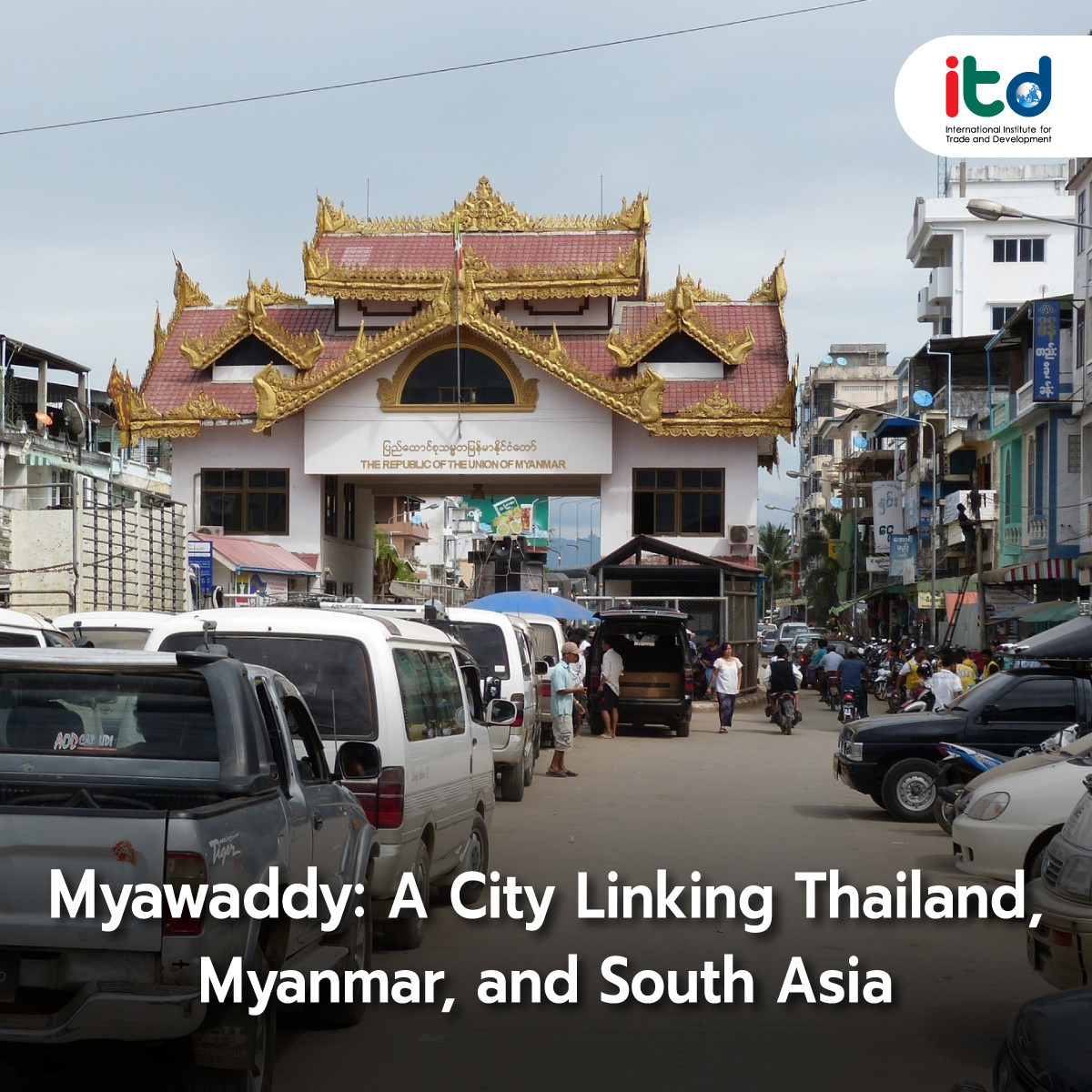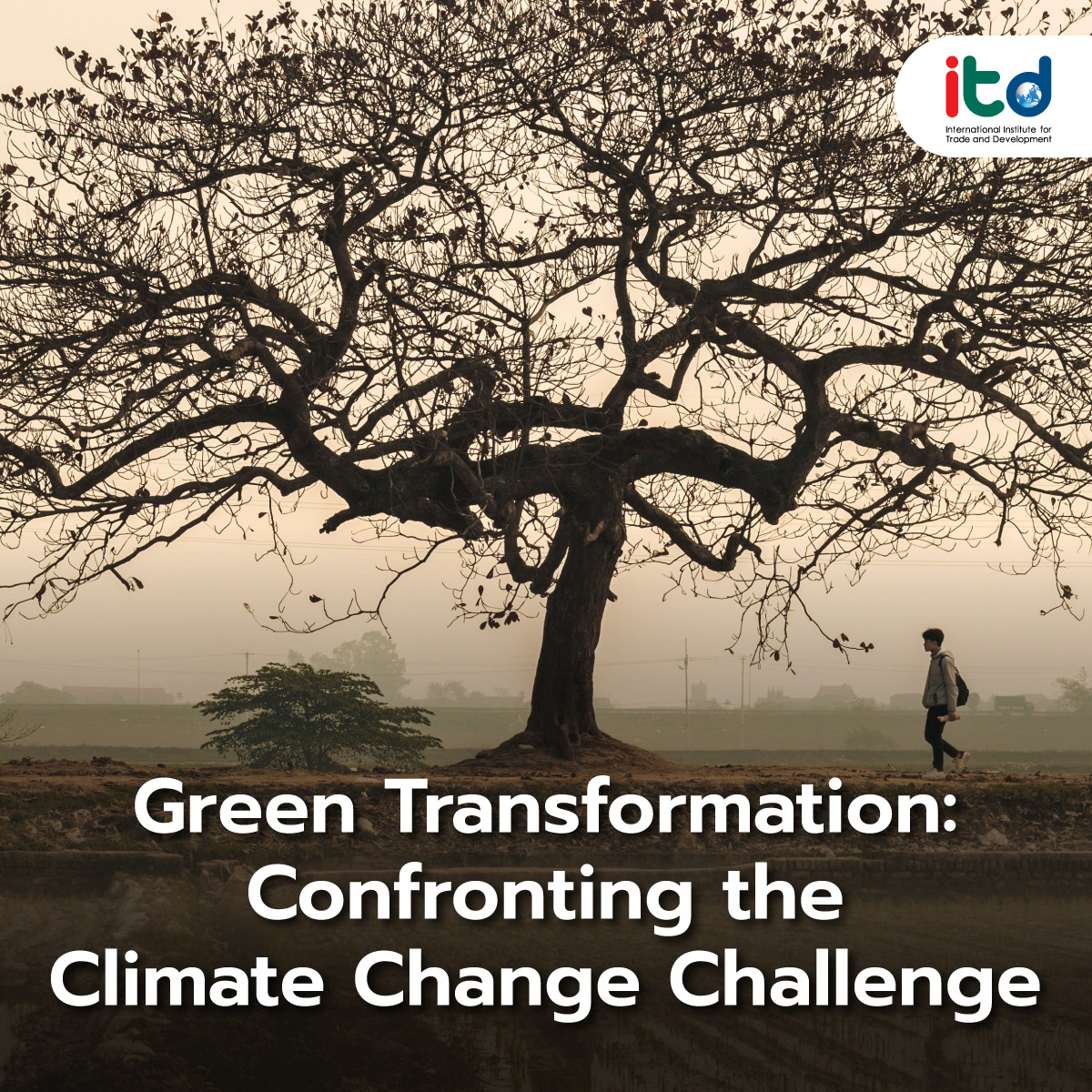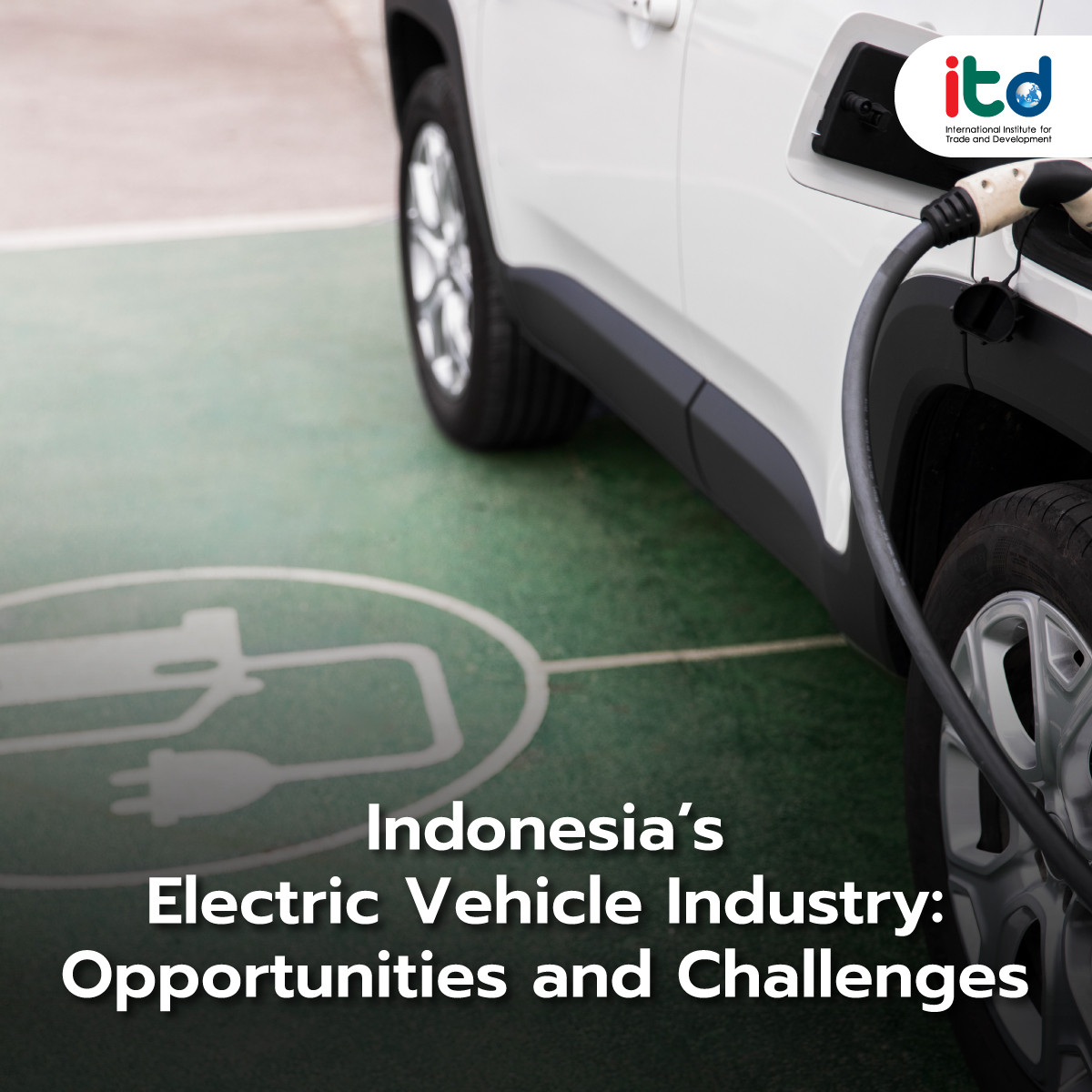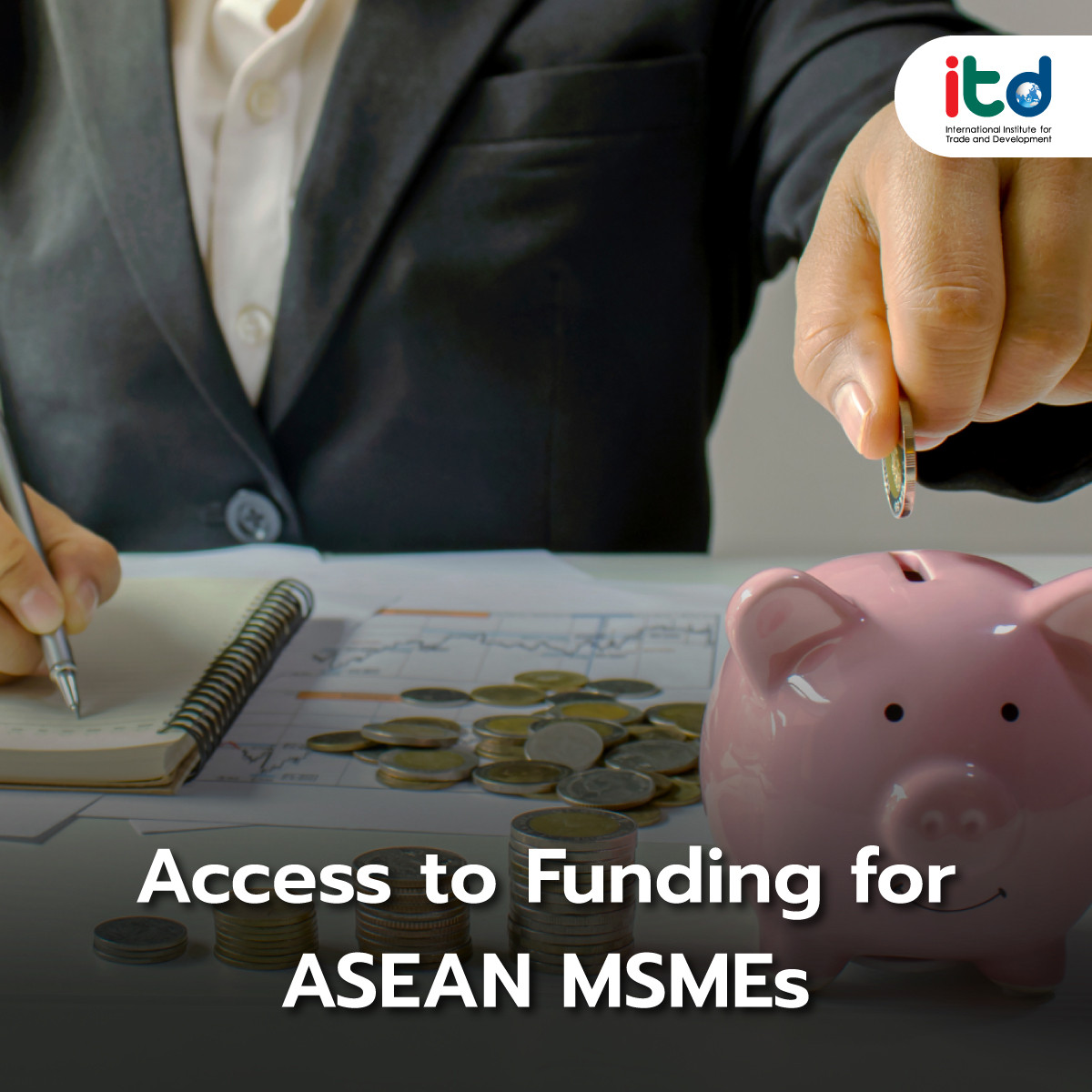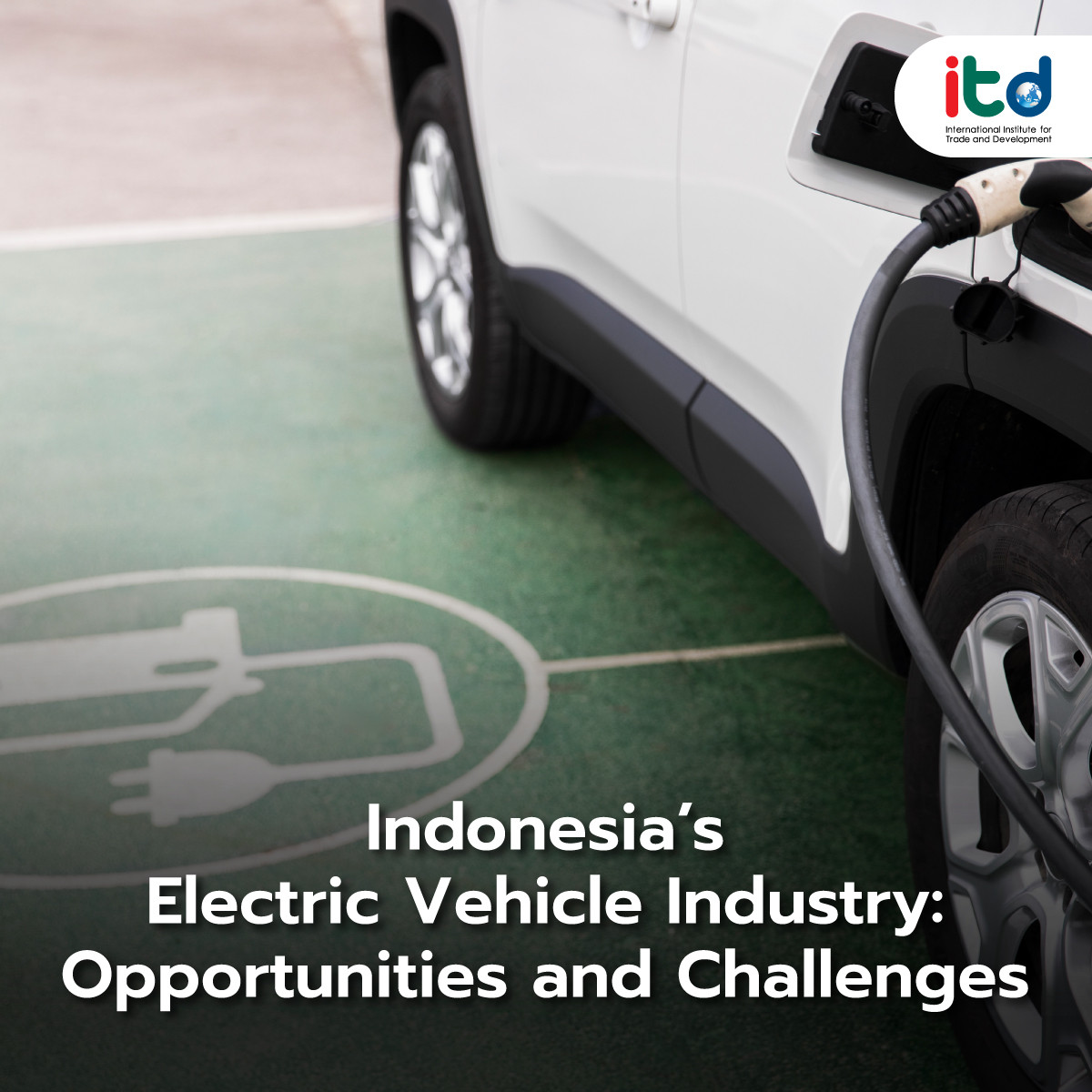About Documents
Although the situation at the Myawaddy-Mae Sot border checkpoint remains open for service as usual, it reflects that the current situation in Myawaddy requires close monitoring due to the risk of affecting the normal way of life in the Thailand-Myanmar border area. This includes humanitarian dimensions, migration, disruption of supply chains, and the international political economy within ASEAN.
The Myawaddy-Mae Sot border checkpoint is a crucial passage for cross-border trade between Thailand and Myanmar. In the fiscal year 2023 (October-September), Thailand imported goods from Myanmar through the Myawaddy checkpoint valued at over 15,073 million baht, including corn seeds, rice flour, cattle-buffaloes, scrap aluminum, fresh and dried chilies, etc. Meanwhile, Thailand exported goods to Myanmar through this checkpoint valued at up to 97,104 million baht, including mobile phones, diesel fuel, plastic pellets, palm olein, non-alcoholic beverages, gasoline, etc.
The cross-border trade occurring at the Mae Sot-Myawaddy checkpoint exceeds 50% of the total Thailand-Myanmar cross-border trade across all checkpoints, surpassing those at Sangkhla Buri, Ranong, and Mae Sai. The Mae Sot-Myawaddy border thus serves as a vital conduit for distributing consumer goods from Thailand and acts as a main artery nourishing the industries and livelihoods of the people in Myanmar. However, due to the political instability in Myanmar, the overall trade between Thailand and Myanmar in the fiscal year 2023 decreased by 18% from the year 2022.
The value of trade through the border that Thailand exports to third countries via the Myanmar border remains low compared to trade through other neighboring countries, despite Myawaddy’s economic geography positioning it as a hidden potential gateway. It is a crucial variable in elevating the economy, and connecting ASEAN to South Asia.
India, Myanmar, and Thailand have a trilateral cooperation in the India–Myanmar–Thailand Trilateral Highway Project, which connects the route from Mae Sot, Tak Province, to Myawaddy, Mandalay in Myanmar, and then to Moreh, Tamu, Manipur State in India, covering a total distance of 1,400 km. If completed, it could reduce travel time to within one day. The ministers of the three countries approved the project in 2002, and construction began in 2012. Currently, the Indian government estimates that approximately 70% of the construction is completed. This route represents a significant opportunity for land transportation of goods, enabling faster distribution due to the efficiency of India’s road and rail transport systems. Currently, transporting goods from Thailand to India by sea via Singapore takes about three weeks.
The linkage of the three countries not only benefits trade routes but also offers opportunities to connect healthcare systems, access to education, and tourism for the citizens of the three countries. However, this route crosses through areas inhabited by ethnic groups that have conflicts with the Myanmar government, affecting the stability and security of international transportation. This impacts the progress of construction and has prevented the utilization of the three-country linkage route.
The situation in Myanmar affects Thailand not just in terms of political security within ASEAN during a transitional period, but also as a missed opportunity to establish long-term regional connectivity. Over the past decade, Thailand has focused on establishing connections through Laos and Viet Nam to China on the eastern. However, the western linkage through Myanmar to India represents other significant opportunities that ASEAN should not ignore amid the conflict.
Author:
Mr. Khobtham Neelapaichit
Senior Researcher
International Institute for Trade and Development (Public Organization)
www.itd.or.th
Publication: Bangkok BIZ Newspaper
Section: First Section/World Beat
Volume: 37 Issue: 12616
Date: Wednesday, April 10, 2024
Page: 8 (bottom-left)
Column: “Insight ASEAN”
